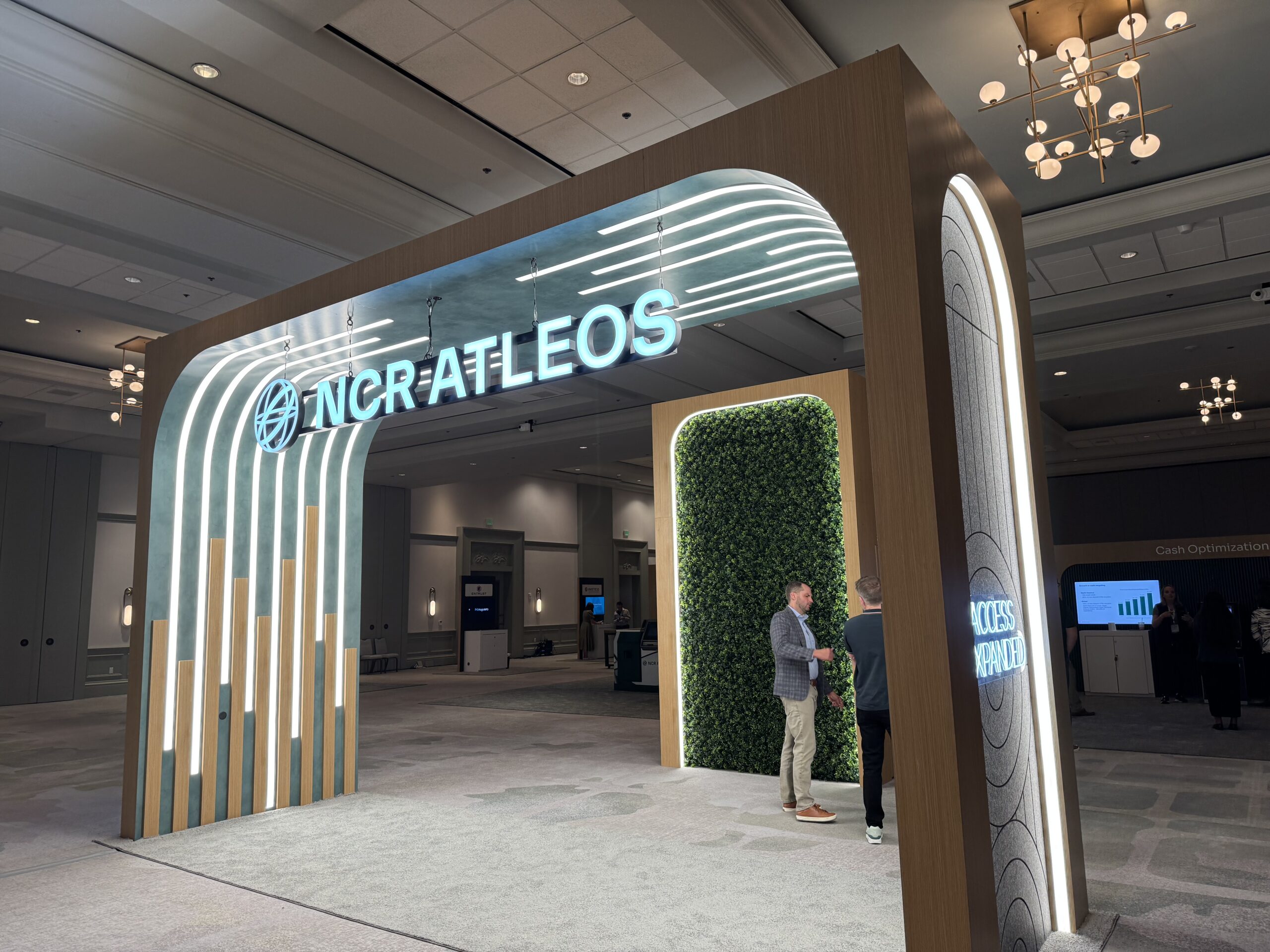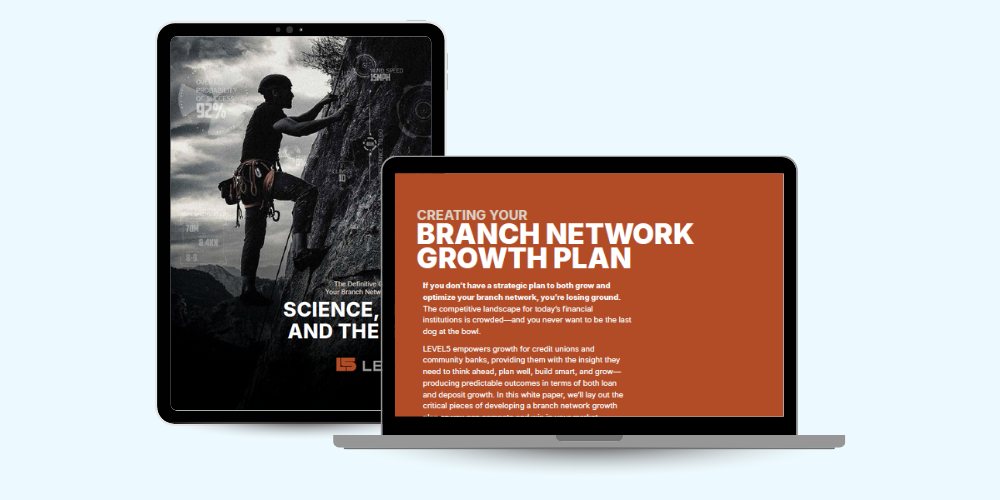The history of credit unions may date back to the 1850s, but our mission has been steadfast always: to serve our members and communities with trust and transparency.
Even so, some things do have to change, including evolving our thinking to adapt to the modern age. Today’s credit unions are in a unique position to not only address the financial needs of their members, but also offer up the vision to take this a step further. Over the past few years, many industries have shifted toward a more hybrid approach—including in-person and digital—and the banking industry is no exception. Brick-and-mortar credit unions offer unique products and services that can’t always be found in an app, while physical branches continue to evolve to serve members and the community and can foster both financial literacy and trust.
How does the in-person and digital approach complement each other for the modern credit union? Here are a few areas of impact:
Strengthening communities & building relationships
Credit union associates and members get to know each other on a personal level when they work together face-to-face. Through conversation, credit unions learn about the daily lives and needs of their members, allowing them to evaluate the services offered and adjust based on the needs of those they serve.
In addition to tailoring their approach to meet the unique needs of each individual member, looking at the community holistically is just as important. Actively supporting community events and initiatives that empower the local community is important for credit unions. Whether hosting financial events and seminars at the branch or going out into the community to volunteer and give back to others, credit unions set a powerful example of what it means to support members and the surrounding communities.
Offering technologically advanced features and services
Despite increasing digital banking opportunities, some services are only available in-person. For instance, within some brick-and-mortar credit unions, members have access to technologically advanced features and services including Advanced Interactive Teller Machines (ITMs) and coin machines. When credit unions are able to offer both digital and in-person options, members are able to customize their experience to best fit their needs.
Advanced ITMs allow members to withdraw cash in a variety of denominations, deposit money using a combination of cash and check, transfer money between accounts, make loan and credit card payments and print out statements. If members face any challenges while using the advanced ITM, in many cases, a virtual teller is available to assist.
Self-serve coin machines allow members to drop coins into the machine and using a debit or ATM card, select which account they would like the coins to be deposited into. This allows members to deposit coins quickly and independently, without ever needing to speak with a teller or use a coin slip to complete the transaction.
Technology advanced features are important from a generational perspective as well, with approximately 68% of Millennials and two-thirds of Gen-Z preferring to visit an in-person branch, according to Media Logic. These advanced offerings deliver quick and easy solutions to complications that may arise when relying solely on digital banking options.
Offering support during complicated transactions
Oftentimes, members prefer to check account balances or transfer money between accounts efficiently and are fairly comfortable making these simple transactions on their own with little assistance. However, occasionally a member will be faced with making a more complicated transaction such as opening an account or exploring loan options. Knowing that members have the option to come into a branch and speak face-to-face with a professional and have someone walk them through the next steps can make all the difference in working through a difficult transaction.
Within the past few years, the American Customer Service Satisfaction Index for credit unions have ranged from 81% to 87% and while the number of basic transactions has decreased, interaction time has increased. On a more regular basis, members are coming into brick-and-mortar locations with complex needs that are best resolved through face-to-face conversations with a professional. Offering this support to customers is one of the most valuable aspects of providing physical banking locations.
Establishing a variety of touchpoints
Employing a variety of ways to interact or communicate with a member ultimately improves the member experience, allowing credit unions to establish a rapport and connect with everyone in the way he or she prefers.
By offering brick-and-mortar banking options, members are able to choose which banking method works best for them. Whether they prefer to perform their banking needs digitally, via ITM, over the phone, in-person or a combination, they are able to meet their goals efficiently and without hassle. Regardless of the channel the member chooses, the bank’s main goal is meeting the needs of the credit union member.







